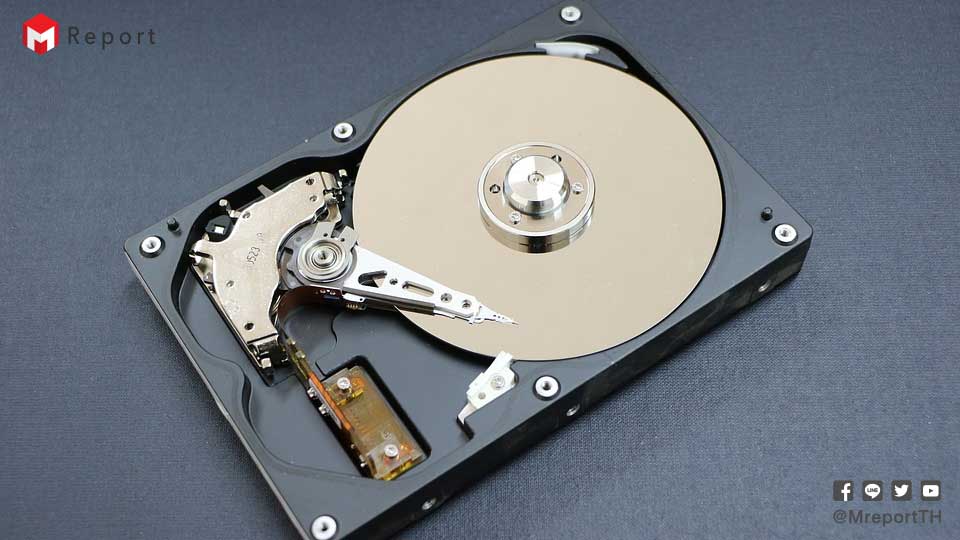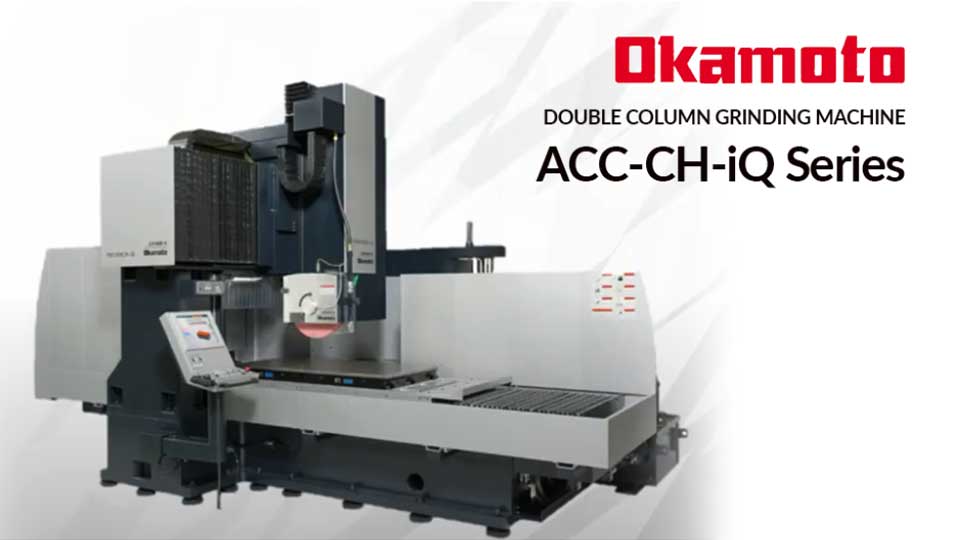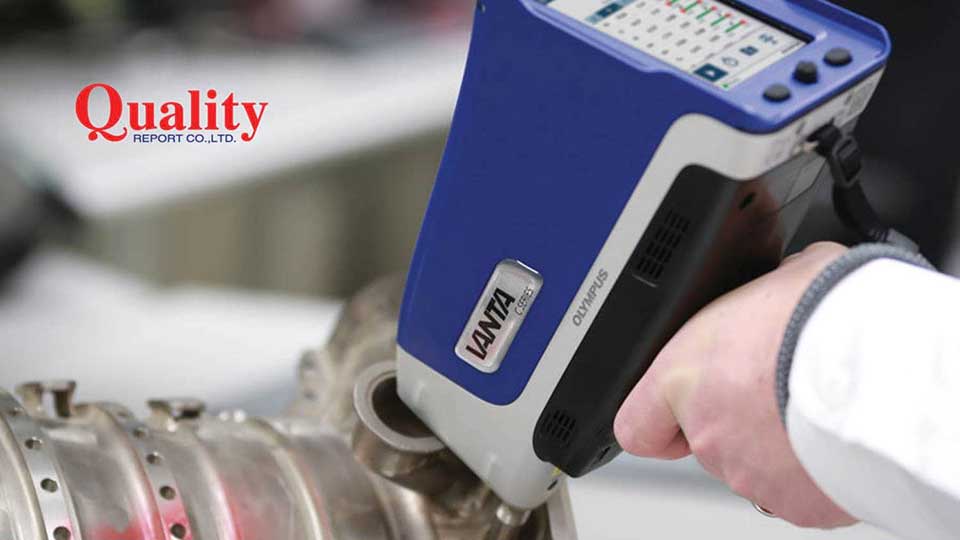
IDC Forecasts Solid Growth for the Hard Disk Drive and Solid State Drive Markets
Worldwide HDD industry petabyte shipments are expected to see a compound annual growth rate (CAGR) of 18.5% over the 2020–2025 forecast period and average capacity per drive is forecast to increase at a five-year CAGR of 25.5%.
| Advertisement | |
 |
|
"While the client HDD market continues a long-term secular decline due to rising SSD attach rates, the COVID-19 pandemic has over the near term increased the demand for certain types of HDDs, particularly mobile HDDs as well as capacity-optimized HDDs," said Edward Burns, research director, Hard Disk Drive and Storage Technologies at IDC. "And the demand for storage capacity continues to grow at a steady pace as the world creates and stores more and more data."
The COVID-19 pandemic impacted the various segments of the HDD market – enterprise storage systems, personal computers (PCs), personal and entry-level storage (PELS) devices, video surveillance systems, and consumer electronics products – in different ways.
Key trends in the worldwide HDD market include:
- HDD petabyte demand from OEM storage customers will be higher for 2021 in large part due to an increase in on-premises datacenter projects, business reopening trends, and a freeing up of budget dollars for on-premises projects that were previously put on hold early in the pandemic.
- HDD demand from cloud service providers (SPs) and hyperscale datacenter customers is expected to remain strong throughout the forecast period, with petabytes growing at a CAGR of 31% through 2025.
- 2021 HDD petabyte demand remains solid and new demand from blockchain storage and cryptocurrencies such as the Chia are creating higher demand in an already tight market.
- The increased demand for PCs brought on by work-from-home and distance learning needs has resulted in a significantly higher forecast for client HDDs in 2021 and over the course of the forecast.
- The market for video surveillance-class HDDs will remain on track with strong capacity demand driven by growing video surveillance, machine vision, camera resolution, and customer video retention trends.
Like the HDD market, demand for SSDs continues to benefit from work- and school-from-home trends that have boosted demand for PCs. Higher SSD demand is also reflected in the enterprise market, as companies make the necessary investments in both cloud and traditional IT to support business operations.
"The pandemic has accelerated the need for transformation, and worldwide demand for SSDs has increased because of this trend as both consumers and businesses have looked to take advantage of the technologies' benefits," said Jeff Janukowicz, research vice president, Solid State Drives and Enabling Technologies at IDC. "IDC believes that most of the long-term trends remain intact, enabling broader SSD adoption over the forecast period, and worldwide SSD units and capacity shipped are higher than the prior forecast thanks to increasing demand from client devices, enterprise storage customers, and cloud service providers."
IDC expects worldwide SSD unit shipments will increase at a 2020–2025 CAGR of 7.8% and worldwide SSD revenue will grow at a CAGR of 9.2% over the same period, reaching $51.5 billion in revenue by 2025. Worldwide SSD capacity shipments are expected to grow at a 2020–2025 CAGR of 33.0% as IDC expects ongoing price erosion in the long-term SSD pricing outlook.
Some key developments in the worldwide SSD market include:
- SSD pricing remains volatile and elevated in the near term as vendors look to match supply with higher demand and as end customers look to lock-in favorable pricing. Over the forecast, ongoing technology advancements in NAND flash will continue to enable more cost-effective solutions helping to further increase demand for SSDs.
- Demand for client SSDs is significantly higher than previously forecast as work- and school-from-home trends have meaningfully increased expectations for the portable PC market over the forecast period.
- In the enterprise market, near-term demand for SSDs remains strong from both cloud and traditional IT market segments. Over the forecast, lower prices will drive demand elasticity and system optimization around flash, coupled with digital infrastructure modernization, and expanding cloud-centric architectures will continue to provide ongoing secular demand for solid state storage technologies.







